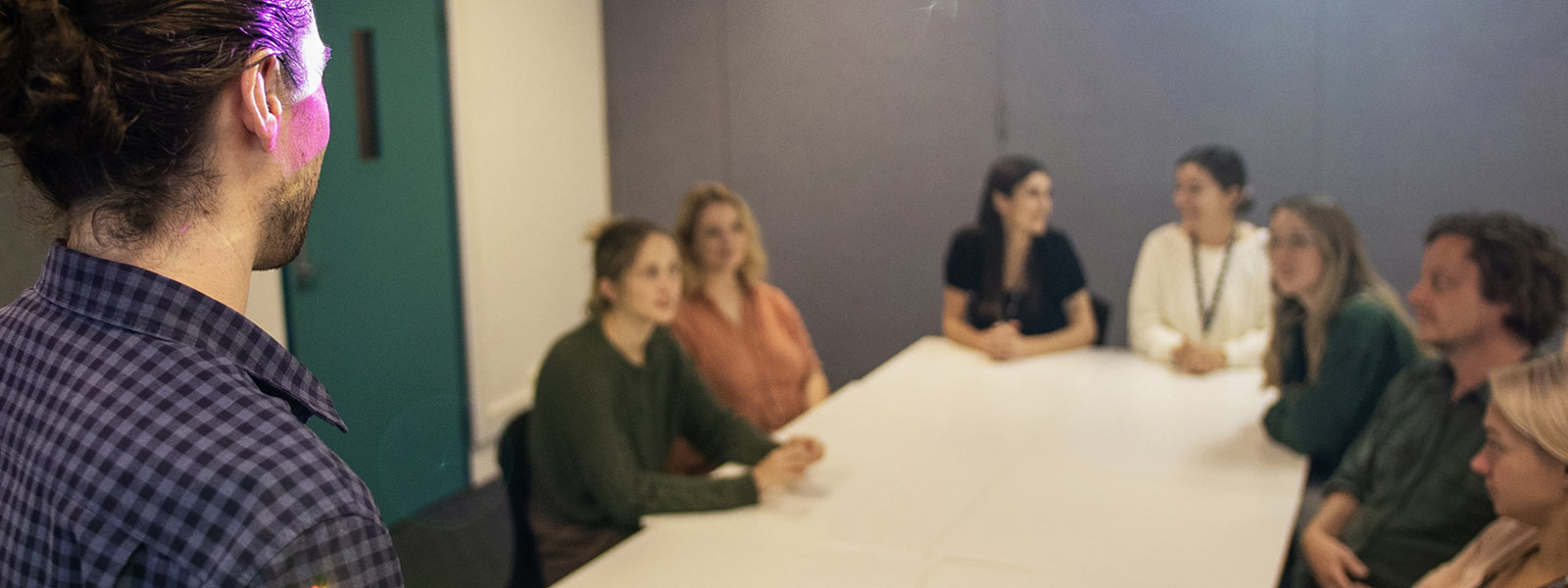
Learning Design and Teaching Innovation
What is it?
Jigsaw is a collaborative group activity where students learn through communicating with each other about a skill, procedure, topic or problem. Learning is reinforced, and communication and teamwork skills developed when the students teach this to other students.
Why use it?
Jigsaw can lead to deep learning as students must engage with the material well enough to be able to deliver the material to other students. It can also assist in development of team collaboration, communication, and instruction skills and is practical application of sharing the workload.
How does it work?
- Determine how the activity can be applied in your class, calculating how many students to assign to each topic group. You may wish to select multiple topics for each team to discuss (eg. six government policies) or alternatively select one topic (eg. social disadvantage) and discuss how it is viewed from multiple perspectives or theoretical lenses.
- Allocate students to topic groups for approx 20 minutes. Here they are to discuss their allocated topic and prepare to present the material in the next stage. Check in with each group during this time to check their understanding.
- Move students to their presentation groups, with one member of each topic group allocated to each presentation group. Each student takes turns presenting their topic to the group. You may wish to give each student a time limit (eg. 5 minutes) for their presentation and ring a bell to have the groups move to the next presenter.
- Bring the class back together and debrief for each topic. This allows students to learn from the wider class and permits clarification of any points or misunderstandings. This activity can be adapted for online delivery using Zoom breakout groups.
Where to find resources?
- Guide to Zoom Breakout Rooms: ServiceUON-Zoom for teaching
- Cult of pedagogy: Jigsaw teaching strategy

Acknowledgement
This resource is based on the “Not a waste of space” project materials produced by RMIT University and the University of Melbourne, with the support of the Australian Government Office for Learning and Teaching. Used under a Creative Commons Attribution-ShareAlike 3.0 Unported License. Except where otherwise noted, this content is licensed under a Creative Commons Attribution-ShareAlike 4.0 International License.
The University of Newcastle acknowledges the traditional custodians of the lands within our footprint areas: Awabakal, Darkinjung, Biripai, Worimi, Wonnarua, and Eora Nations. We also pay respect to the wisdom of our Elders past and present.
